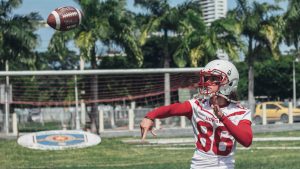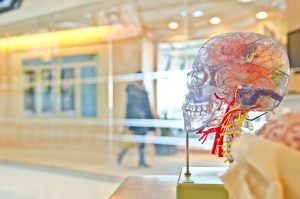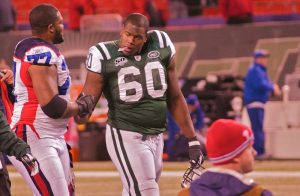 Athletes and other individuals in Valley Center who sustain concussions and other traumatic brain injuries (TBIs) may be more likely to develop early-onset Alzheimer’s disease, according to a recent study reported in Science Daily. Although the researchers behind the study emphasize that their results should not prevent parents from allowing their children to play sports and to engage in other extracurricular activities, it is nonetheless important to recognize that, for the first time, there is a clear link between TBI and Alzheimer’s disease.
Athletes and other individuals in Valley Center who sustain concussions and other traumatic brain injuries (TBIs) may be more likely to develop early-onset Alzheimer’s disease, according to a recent study reported in Science Daily. Although the researchers behind the study emphasize that their results should not prevent parents from allowing their children to play sports and to engage in other extracurricular activities, it is nonetheless important to recognize that, for the first time, there is a clear link between TBI and Alzheimer’s disease.
If you want to read the study in detail, you can find the results published in the peer-reviewed journal Neuropsychology. In the meantime, what else should Southern California residents know about the new study?
Details of the TBI and Alzheimer’s Study
 North County San Diego Injury Lawyers
North County San Diego Injury Lawyers











